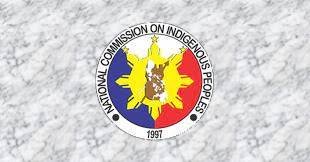
The National Commission on Indigenous Peoples (NICP) claims that it has already identified 948 IP communities located and living in roughly 13 million hectares of land, 27 percent of which were already given titles to an estimated 5.8 million hectares of land.
These figures place the Philippines on top of the list of countries that recognize and protect the rights of indigenous peoples, or the IPs. It is an achievement for the NCIP, which for years, focuses its work on the implementation of the Indigenous People’s Rights Act, or the IPRA Law.
The task to promote the IPs rights “in their own perspective” and over their “ancestral domain” is not an easy one. For the NCIP to have the “right people for the job” is in itself an accomplishment.
According to NCIP Ethnographic Commissioner, Atty. Norberto Navarro, the 43 policy guidelines issued by the Commission made the validation of all IPs’ claims easy to implement. Navarro said these guidelines are responsive to the needs of every IP community.
And while other government agencies have to spend a considerable portion of their budgets to trumpet accomplishments to the media, the NCIP, this year, is quietly commemorating the 24th anniversary of the signing of the IPRA. It is a fact that most Filipinos are not aware that Presidential Proclamation 1906-A, signed in 2009 by President Gloria Arroyo, declares the month of October as National Indigenous Peoples Month.
But, of course, such a celebration has to take a back seat this year with the Filipino nation preoccupied with various challenges. There is the pandemic that requires the full attention of the government, and the countdown to the 2022 elections, which has equally captured the attention of the nation.
In the meantime, our IPs are going about their way, with the simple request from the government to be allowed to live freely in their ancestral domain. – NND




